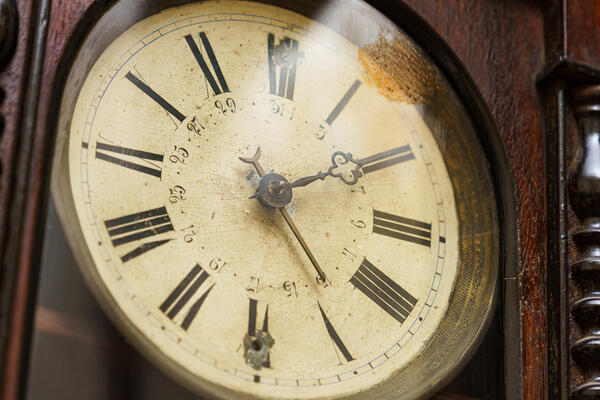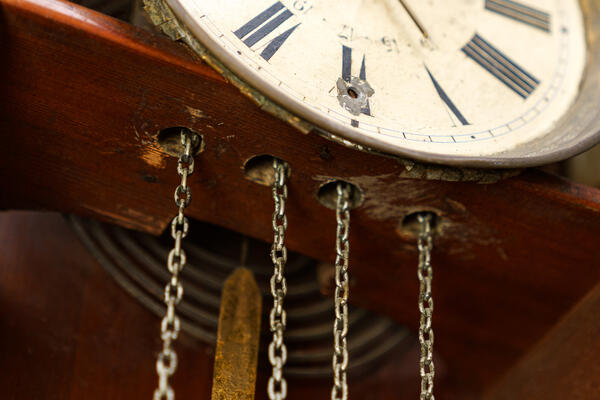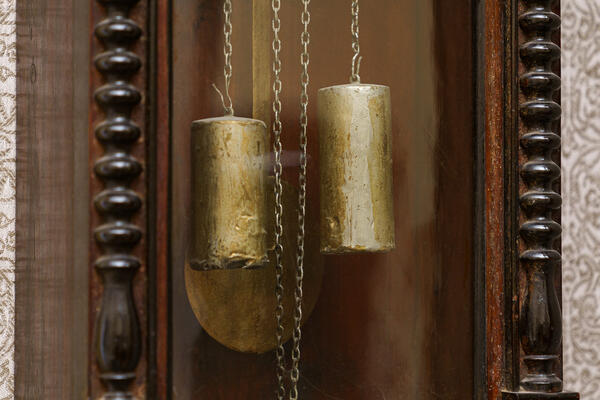Wall clock
Not a sound penetrated from the outside, and in the stillness the measured, friendly stroke of the clock’s pendulum seemed to beat quite loudly.
Similarly, in Nikolai Gerasimovich Pomyalovsky’s “Molotov”, we read the following:
The water bubbling in the samovar, the children’s voices and their laughter, the pendulum rhythmically swings, and the pile in the fireplace has disassembled. ‘Two minutes’ — says someone from the living room. The cups on the tray clatter, and the spoon dipped into the glass clinks merrily.
In the novel “Oblomov” Ivan Goncharov writes,
… he would spend hours in <…> listening to the grinding of the landlady’s coffee-mill, to the barking of the house dogs as they rattled at their chains, to the creaking of Zakhar’s boots, and to the measured tick of the clock’s pendulum.
The huge pendulum peeped out every moment from beneath the glass of the clock-case, and flashing dimly, was hiding with a weary sound now on the right side, now on the left.
The 19th century saw a transition from the production of clocks in workshops to the mechanization of clock production in factories, leading to the emergence of mass-produced items. That went hand in hand with the increase in reliability and accuracy of clock movements. The Russian market presented an attractive opportunity for foreign clockmakers due to the lack of local competition.
Ministry of Culture of the Russian Federation





